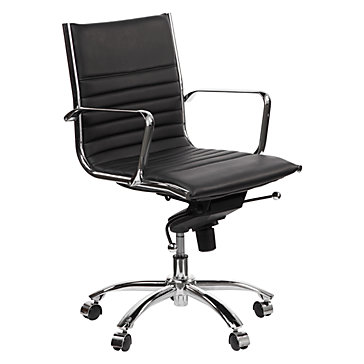Five Senses by Hi-5 © 2011-2012
As kids we were taught that we have five senses - sight, touch, taste, hearing and smell. That's pretty standard, and quite well known, even made into a song by the famous group Hi-5.
But we don't have just five senses. Not even seven. We actually have around 14 to 20 senses, depending on which expert you speak to. But for the purpose of SPD, the senses are usually classified to seven.
So what are the seven senses?
The 7 Senses Foundation classifies them as the following:
 |
| Icons by The 7 Senses Foundation |
What's not so familiar are the last two senses - vestibular (also called equilibrioception) and proprioception. These two senses became very prominent in our family because R was identified as a vestibular and proprioceptive sensory seeker, and somatosensory (or tactile) sensory mixed.
So what do all these mean?
According to the 7 Senses foundation, the vestibular system is "the perception of our body in relation to gravity, movement and balance. The vestibular system measures acceleration, g-force, body movements and head position. Examples of the vestibular system in practice include knowing that you are moving when you are in an elevator, knowing whether you are lying down or sat up, and being able to walk along a balance beam".
On the other hand, proprioception is "the sense of the relative position of neighbouring parts of the body and strength of effort being employed in movement. This sense is very important as it lets us know exactly where our body parts are, how we are positioned in space and to plan our movements. Examples of our proprioception in practice include being able to clap our hands together with our eyes closed, write with a pencil and apply with correct pressure, and navigate through a narrow space".
So basically, the vestibular system is our sense of balance and movement, while proprioception is our sense of our bodies in relation to space.
R manifested these senses in this manner - as a vestibular sensory seeker, he craved movement. He wanted to move all the time. As a proprioceptive sensory seeker, he loved jumping on beds, crashing against pillows, tight spaces, grinding his teeth and crunchy foods. As tactile mixed, he loved rugs and carpets, but hated sand and playdough. He also had oral sensitivities and low oral muscle tone that affected his speech development.
A child who is a sensory avoider is just that- an avoider. For instance, if a child is a vestibular sensory avoider, too much movement will overwhelm him/her. As a result they would rather not move much or at all. If he/she is a vestibular sensory mixed, some movements are craved, some are avoided.
How is this related to "sensory diets"? Is SPD caused by something they eat?
Honestly, the first time I heard the words "sensory diet", I thought it had something to do with food. Turns out, it doesn't necessarily mean that. A sensory diet is basically a series of activities that are developed by an OT to cater to your child's sensory needs.
As stated before, no two cases of SPD are alike. That is why sensory diets need to be made by an OT, because they are customized for the child/patient.
R's sensory diet entailed a lot of movement and physical activities to satisfy his needs. A few of them are jumping on trampolines, crawling through tunnels, playing in a ball pit, slow introduction to picking up objects from a sand box, puzzles, writing practice and a whole lot more.
 |
| My husband made this little play area for him during his early stages of OT sessions |
 |
| Swings are great for vestibular and proprioceptive seekers |
 |
| Vestibular seekers love to spin around and hardly get dizzy, so an office chair is good to satisfy that. Just don't overdo it and overwhelm their senses. |
 |
| Some parents have talked about using weighted blankets to help calm their proprioceptive kiddos for bed |
 |
| Sleepsacks by Halo (left) and Grobag (right) |
R's OT thought that the sleepsacks were good in satisfying his need for tight spaces. I don't think they were made with this intention in mind though. Sleepsacks were developed as a way to help babies sleep without using blankets and pillows, and thus avoiding infant death by suffocation and SIDS. In R's case though, it was very helpful that once we put it on him, he immediately knows it's time to wind down to sleep, and it helps him sleep well throughout the night. He's 4 now and we've used sleepsacks since he was 13 months old.
So there we have it, some of the items we've used to help R in his therapies. Again, no two cases of SPD are the same, so it's best that you consult your or your child's OT to get the best sensory diet for your or your child's needs.

No comments:
Post a Comment